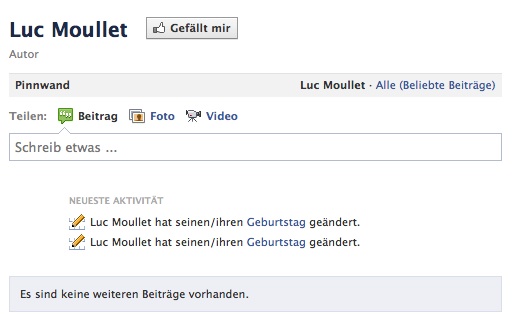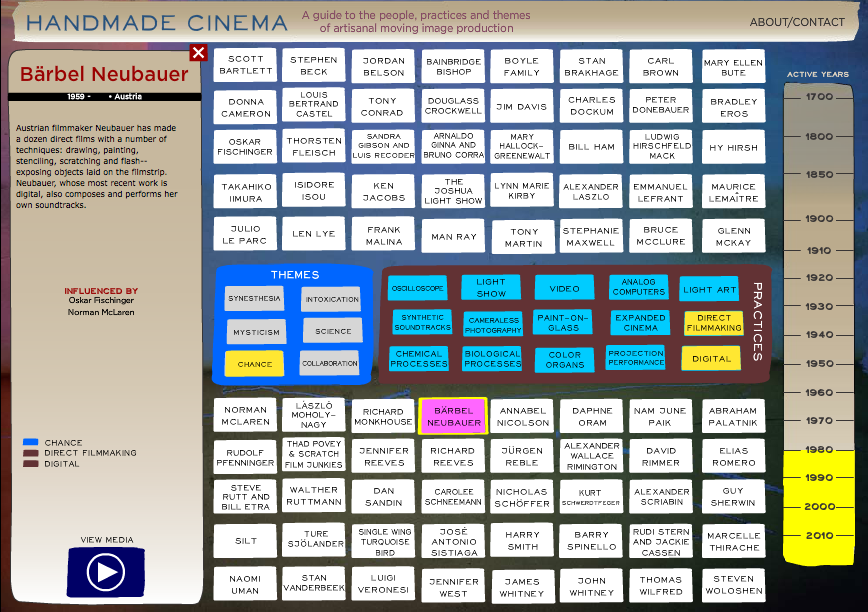Call for Support
Dear Friends,
Staging the 2012 Temenos event in Greece is proving to be more of a financial challenge than in previous years. This is due in part to the economic crisis in Greece, which has made sources of funding for the arts within Greece more difficult to secure. The event itself will take place as scheduled, and it will continue to be held free of charge; however, as a way to supplement the already-strained Temenos foundation, we have decided to launch a Kickstarter campaign.
We are asking for $20,000, which is approximately half the amount needed to print cycles VII and VIII of Markopoulos‘ Enaiaos. If you are familiar with the Kickstarter model, you know, we will be permitted a finite period of time (30 days) in which to raise the funds; if we fall short of this goal we will have to return all donations and won’t collect a cent. I therefore urge you who to give any amount – but more importantly, please spread the word about the campaign to those who aren’t already on the Temenos mailing list. We have assembled rewards at all donation levels that we think will appeal to film and art lovers alike, and we feel that the uniqueness of the event is in itself a compelling story that could trigger a strong response in the donor community.
In the spirit of extended community that marks this incredible vision and binds all of us, we wanted to ask if you’d be willing to take an active role in forwarding the Kickstarter call to your networks, friends, and families, and (as is often necessary) follow up to encourage donation. Since Markopoulos is not known to many outside the world of avant-garde film, we have an important role to play in catalyzing awareness, interest, and financial support.
Please forward the link to anyone you think might be interested!
http://www.kickstarter.com/projects/1525866264/towards-eniaios-and-the-temenos?ref=live


